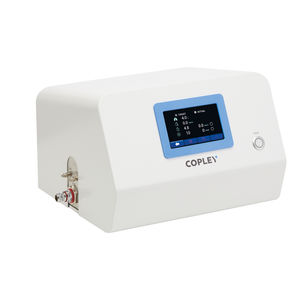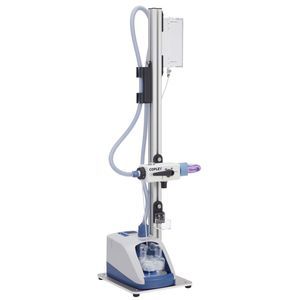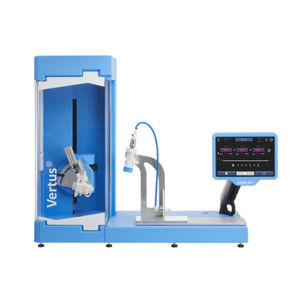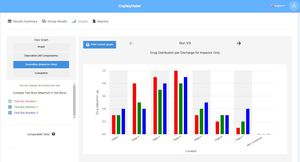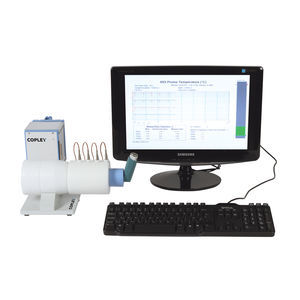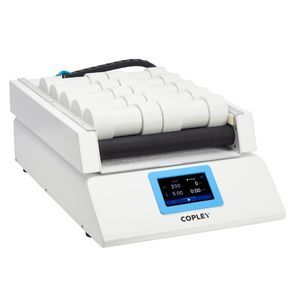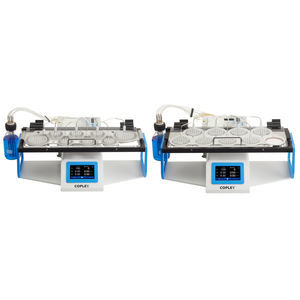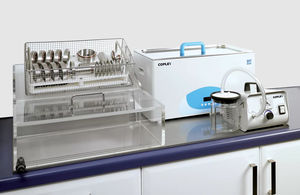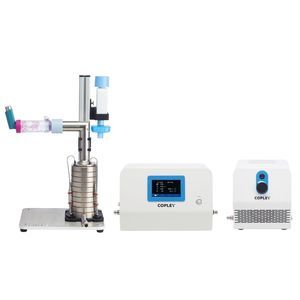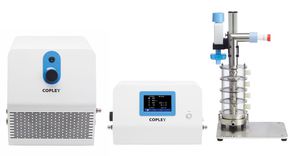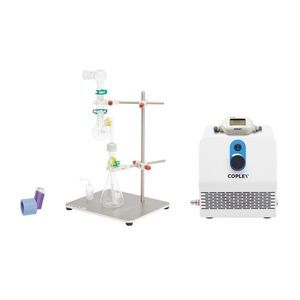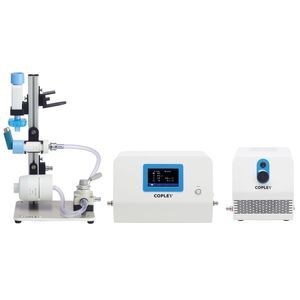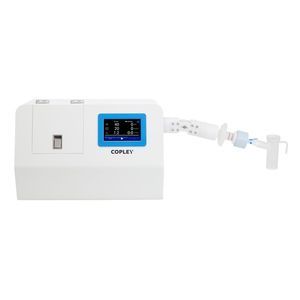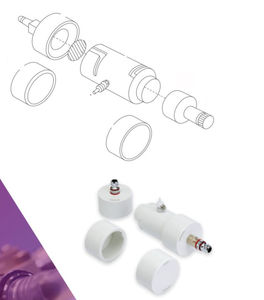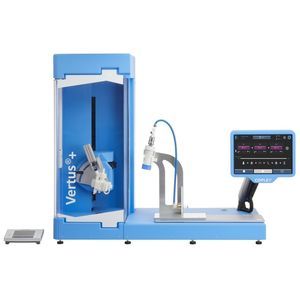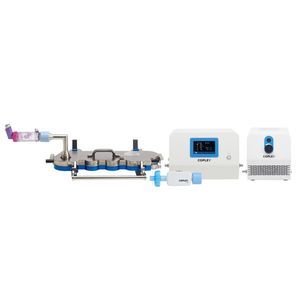
- Medical & Pharmaceutical industry
- Pharmaceutical industry
- Flow tester
- Copley Scientific
Airflow resistance tester 5280for the pharmaceutical industry
Add to favorites
Compare this product
Characteristics
- Tested parameter
- airflow resistance
- Applications
- for the pharmaceutical industry
Description
The concept of Abbreviated Impactor Measurment (AIM) is founded on the basis that once the full Aerodynamic Particle Size Distribution (APSD) profile of the product has been established in development using a full-resolution cascade impactor (and the process validated) then for product batch release testing and QC applications, it is possible to use simpler but highly sensitive metrics, solely to determine if the product is fit for purpose. This is known as Efficient Data Analysis (EDA).
The Volume and Resistance Compensator (VRC) enables analysts to match the flow resistance and flow rate rise-time profiles between a full resolution impactor and its abbreviated counterpart to ensure comparable conditions for aerosol generation, supporting improved equivalence in aerodynamic particle sizing measurements.
Suitable for use with all types of abbreviated impactors
Easily adjustable for different set ups
Ensures parity between test methods, improving data comparability
Designed using Copley expertise
Improving Full Resolution and Abbreviated Impactor Data Parity
Differences in total volume and flow resistance between a full resolution cascade impactor and its abbreviated counterpart is known to cause variability in the flow rate rise-time profiles between the two test set-ups. This difference reduces parity between test conditions, especially for passive, dry powder inhalers (DPIs) where start-up kinetics can be important
Connecting inline between a critical flow controller (TPKi Series only
Catalogs
No catalogs are available for this product.
See all of Copley Scientific‘s catalogsRelated Searches
- Medical device analyzer
- Control analyzer
- Analyzer for the pharmaceutical industry
- Temperature analyzer
- Flow analyzer
- Calibration analyzer
- Analyzer with touchscreen
- PH analyzer
- Disintegration tester
- Flowability tester
- Density analyzer
- Flow-through analyzer
- Friability tester
- Thickness testing system
- Tablet tester
- Powder flowability testing system
- Powder density testing system
- Drum tester
- Air flow tester
- Vacuum tester
*Prices are pre-tax. They exclude delivery charges and customs duties and do not include additional charges for installation or activation options. Prices are indicative only and may vary by country, with changes to the cost of raw materials and exchange rates.




